Har Cheong Gai Burger
In the 2 years we’ve been doing this, I’ve gotten pretty great at making sandwiches. Eating them, well, I’ve always been aces there but these days I am a true pro. Sadly, for someone who spends as much time doing it as I have, I’ve never been all that good at writing about them. It’s a shame, too, as I made fantastic har cheong gai burgers and I fear I cannot do them justice.
Har Cheong Gai is chicken that’s been marinated and breaded with fermented shrimp paste and fried. Har Cheong Gai burgers are boneless chicken prepared in this way, and sold in a bun with mayo and lettuce. They’re a staple at Singaporean fast food restaurants like Everything With Fries.
Shrimp paste can vary from a light-colored pinkish sauce sold in jars to dark dried blackish bricks, but the preparation is similar either way: shrimp, krill, and other small sea creatures are salted and allowed to ferment and dry in the sun. The result is, no other way to put it, stinky.
In reading about shrimp paste, I came to the conclusion that Singaporean shrimp paste would be most similar to Malaysian belacan. As it turns out, Har Cheong Gai is generally made with the lighter, wetter, pinker type of southeastern Chinese shrimp paste. I, however, had committed by this time to using this:
The smell of this stuff is wretched. After opening the package, I had to triple-bag it just to keep the smell from traveling too far. It smells like hot garbage and looks like compacted dung. It’s unbelievable, like with so many other things (see: cheese), that somebody somewhere looked at this mess and said, hey, why don’t we eat it?
As a test run, I prepared some har cheong gai wings using this recipe, which I liked just a tad better than the other dozen-or-so I looked at. I didn’t have any Shaoxing rice wine (at the time) and chose to use rice wine vinegar and water as a substitute. In this preparation the marinade is made from the shrimp paste and other ingredients including the starches used to make the batter. In some, the starches are added later, after a period of marination. The brick of belacan took some time and work to break up and properly hydrate, and I think I made my batter a bit on the thin side as it did not stick as well as I hoped, but the wings turned out well anyway.
- Har Cheong Gai Wings
- Har Cheong Gai Wings
You can see that the thinness of the batter kept it from adhering well to the wings in spots, but overall they went over well. The flavor of the breading came largely from the garlic/ginger, with the shrimp paste providing an earthy, salty layer.
The smell? Not there at all, once cooked. I served the wings to my family for dinner along with some stir-fried rice noodles and a kale salad.
So the trial run was a moderate success, but I wanted to improve things a bit. First off, the water and rice vinegar may have been thinner than the Shaoxing wine, and definitely would have given a different flavor profile, so I took advantage of a date with my wife in Chinatown to run through the market there and pick up a picturesque jug of Shaoxing.
Of course I had to drink some. This particular Shaoxing has a highly oxidized flavor, like a sherry, and I can’t say I was a fan. But I did use it in the batter, and it seemed to do a better, or at least quicker job of dissolving the shrimp paste. I rubbed some boneless chicken thighs with garlic/ginger paste, then poured over the shrimp paste batter, mixed it all up, and left it to marinate overnight.
The batter did seem a bit thicker and stickier this time, and the coverage of the thighs looked good when I pulled them from the fridge the next day. I deep fried them at 350° in 2 inches of oil a 12″ cast iron skillet for 15 minutes. Six thighs went in two batches. There were some spots on the thighs with lighter coverage, but overall this version of the batter resulted in a nice thin coating with crisp edges.
- Har Cheong Gai boneless thighs
- Har Cheong Gai boneless thighs
Meanwhile: the buns. I’d bought some nice soft brioche buns for this purpose, but when I saw some black sesame seeds at the Chinatown Market, I bought them and decided to modify the brioche buns with them to give them a more exotic look. I brushed the buns with an egg white wash, sprinkled black sesame seeds on top, and baked them in the oven at 400° for 10 minutes. They came out looking pretty great.
Finally, putting it all together. Generally I see a simple mayonnaise and lettuce combination. I googled Asian mayonnaise and found a lot of writeups about how great Japanese (specifically Kewpie brand) mayonnaise is. I didn’t have any, but I modified some Hellman’s to be similar by adding an extra egg yolk, some rice vinegar, and a little sugar. I served the har cheong gai thighs on the brioche buns with some of this mayo and a leaf of iceberg lettuce.
Once again, the chicken was great, even better to be honest. The batter was crisp but light, with the same salty funky earthy garlic and ginger flavor but a better consistency of coverage. My faux Asian mayonnaise was a perfect dressing for the sandwich, though I’d also like to try it sometime with kimchi or pickled mustard leaves or a sharp Asian style slaw.
So I apologize again for not doing this sandwich justice, as it’s a great one. I could use the work excuse again, or say that there have been things in my life that have kept me from dedicating the obsessive level of attention to our sandwiches that I have in the past. Maybe the truth is that I’ll just never be much of a writer. But I hope to be back to you soon with that sense of outsized importance for sandwiches that you deserve.

I like sandwiches.
I like a lot of other things too but sandwiches are pretty great


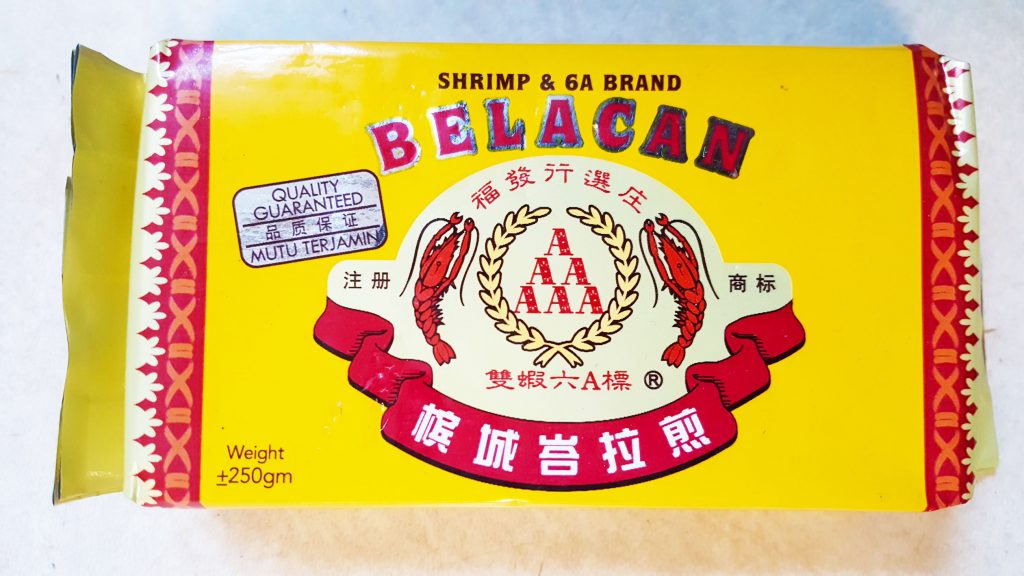


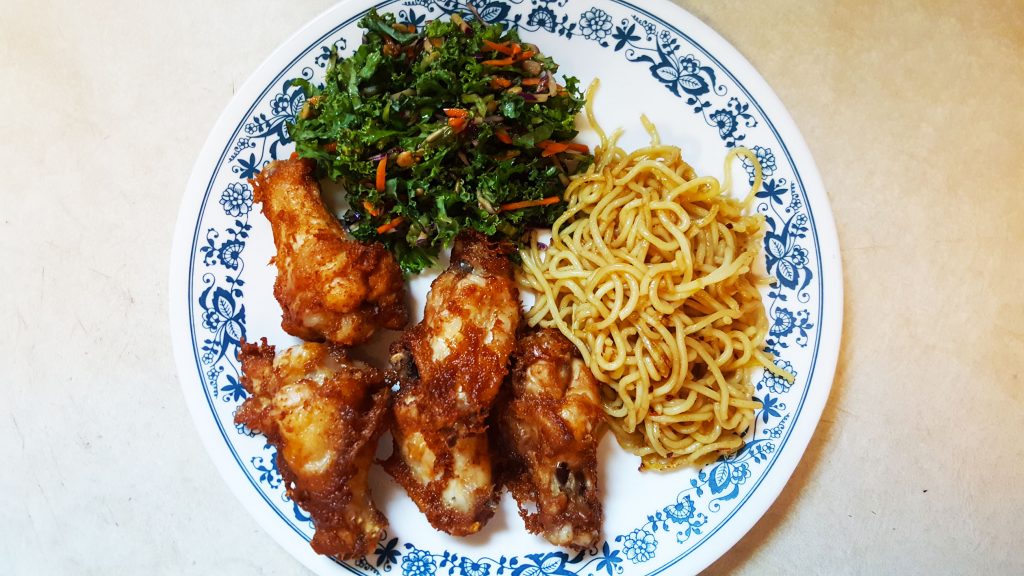
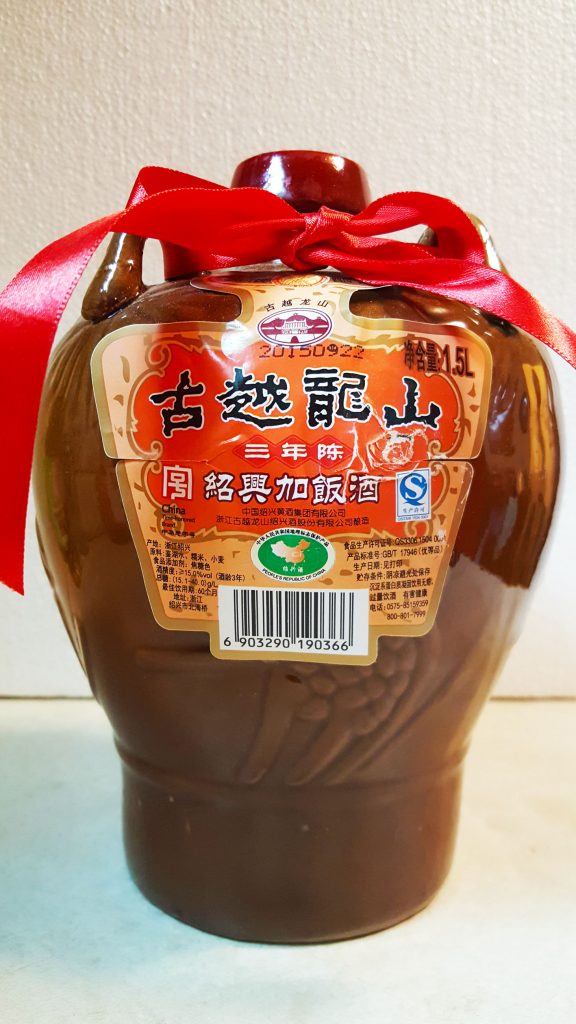


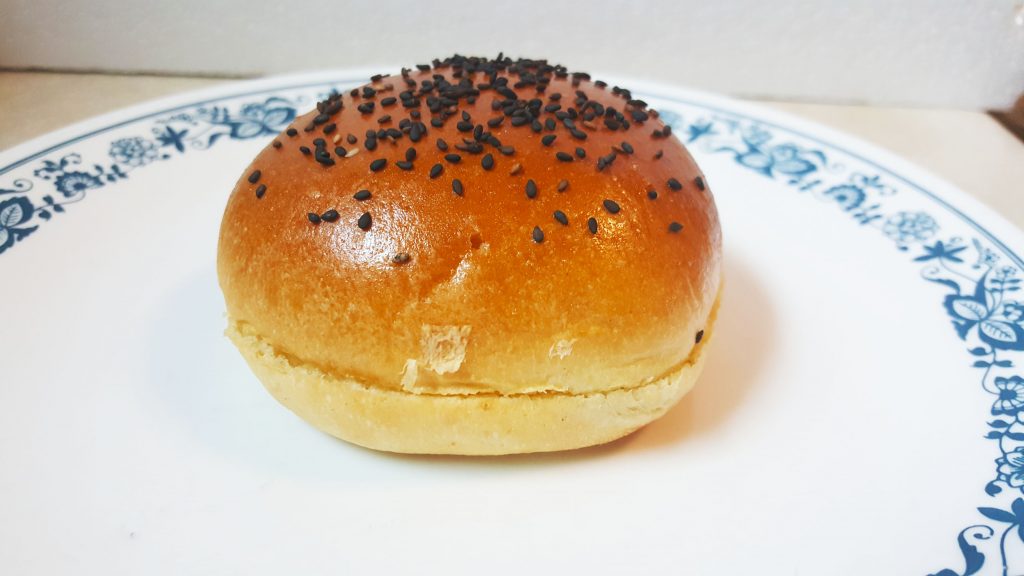
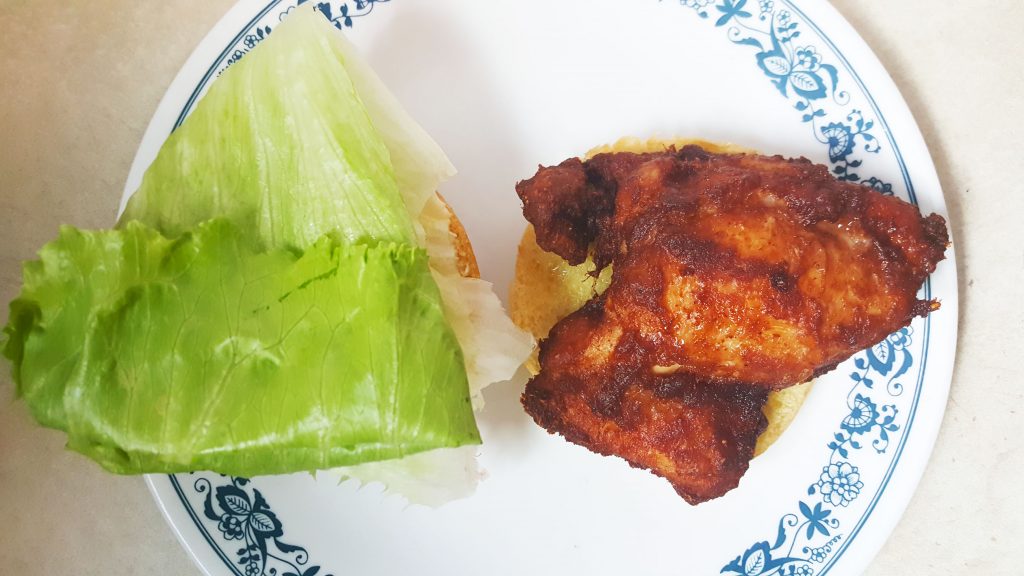


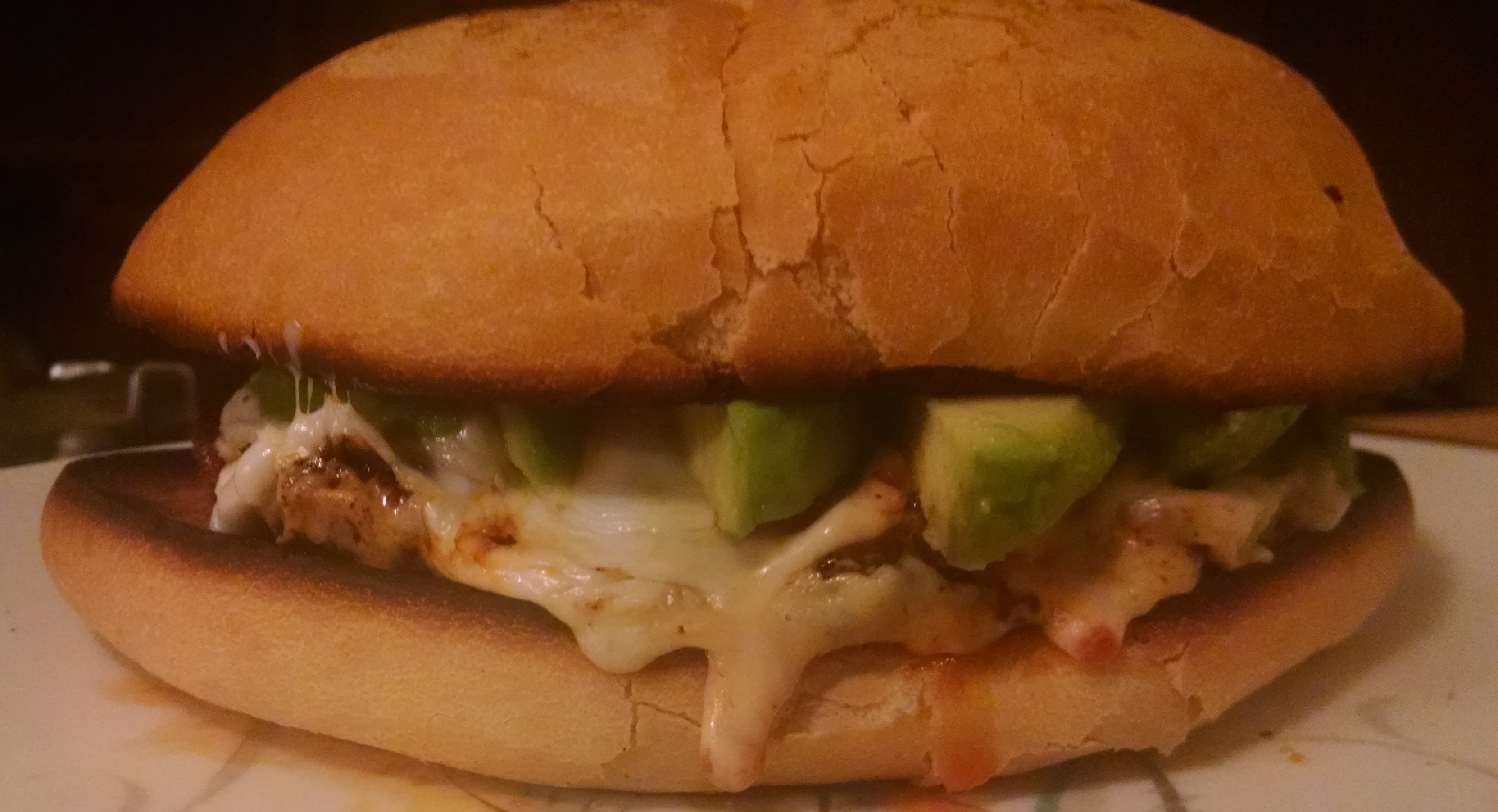






Recent Comments